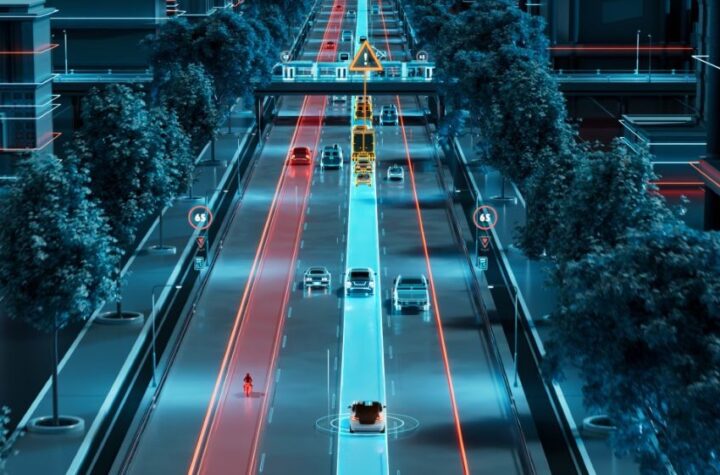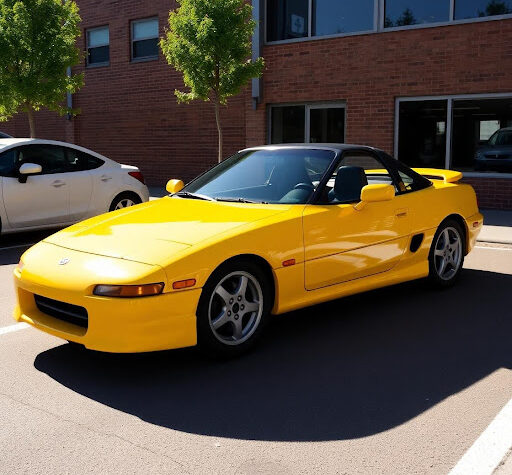
Much is made of the future of vehicle technology. Many commentators, myself included, have over the years pondered whether the dawn of a new era is upon us, and whether it will be in the format of hybrid powertrains, hydrogen fuel-cells or full battery-electric propulsion.
The fact is that the vast majority of the globe’s motorists continue to purchase conventionally-powered vehicles. To use an IT-based allegory, in the US, Tablet-computers were commercially available in the early 90’s. Yet, by 2010, market penetration was a paltry 3%. However, with the introduction of the iPad market, penetration for the same US demography was 34% by December 2013.
This lack of an “iPad moment” for the automotive industry is one of the factors slowing down the adoption of EVs. Furthermore, breakthroughs in combustion engine technology are constantly improving fuel efficiency and reducing CO2 emissions. There is, therefore, uncertainty about the market impact of hybrids and battery-electric vehicles (BEVs). Firstly, a common feature of most hybrids and BEVs is their lack of a “desirability premium”. High-volume producers have not introduced models with real forecourt appeal. Secondly, the cost of batteries is still too prohibitive, and the current battery technology falls short of what motorists expect.
But, the combined actions of Tesla and BMW may finally result in the iPad moment. It is very interesting to see the success of BMWs ‘i’ sub-brand. Initial reports indicate that some 6,000 i3s were sold in the first six months of 2014, with thousands of back-orders. A key difference for BMW’s sub-brand is its positioning – like the iPad – as a complementary choice. The bundled option to lease conventionally powered BMWs short-term, has diluted potential negativity surrounding its powertrain and allowed the brand to become the selling point. One hopes to see EV/hybrid acceptance stepping up a gear, with other premium marque providers following suit to offer similarly packaged mobility options.
In addition, Tesla has made its technology available free to rival manufacturers in a bid to accelerate development in the EV market. This bold move would appear to have caught some manufacturers’ attention. Within a week after Tesla went open source, BMW opened its battery technology to the industry. There are reports that Nissan, BMW and Tesla are holding preliminary discussions concerning charging infrastructure and collaboration.
All of this will be critical for EV acceptance, as the current price of traction battery manufacture is circa $550 per kWh (though Tesla infer that their battery cost is closer to $280 per kWh) which the market believes is too expensive. It is felt that maximising economies of scale can bring down the cost of manufacture below $200 per kWh, which is considered the consumer threshold. Range can also be extended using existing technology. Tesla’s ‘Model S’ has a credible 250 mile range which comes from increasing the physical quantity of cells in the battery and the inherent efficiencies of a fully electric vehicle compared with a hybrid.
Lithium-ion battery technology is reaching its ceiling of development in terms of energy density and technologies such as lithium metal, lithium-sulphur or lithium-air, are still in development. Therefore it is encouraging to see that one patent released by Tesla details the use of “metal-air” batteries as range-extenders, which shows that commercial use of such battery technology is much closer than previously thought.
So what do these developments mean realistically? One certainty is that unless the method of manufacture of batteries or the existing architecture of non-Tesla vehicles is supremely flexible, it will take around five years for OEMs to introduce vehicles using the new technology. In addition, the opening of Tesla’s “Gigafactory,” a potential solution to the economy of scale issue, is slated for 2017. All of which suggests we are not going to see electric vehicles taking significant market share from internal combustion drives in the short term.
Furthermore, the altruism displayed by Tesla and BMW will need to continue if we are to speed up EV penetration. History teaches us that universal cooperation on such a global scale is a very rare occurrence. However, it is conceivable that other (or new) OEMs will adopt the technology faster, and will mimic BMW’s approach of offering a solution for range anxiety.
Ultimately we should support the proliferation of EVs, even if it is only a stepping-stone to a wholly different future technology. Anything that can reduce our dependency on gasoline/diesel and extend the life of these fuels can only be a good thing for the internal combustion engine.




More Stories
TomTom’s Orbis Maps with 3D Lane geometry set new standards for mapping precision
Accelerating The Development of Hydrogen Vehicles & Infrastructure – Europe’s Biggest Players Meeting at Premier Event
Automotive IQ Announces the 15th Annual Automotive Functional Safety Week 2025